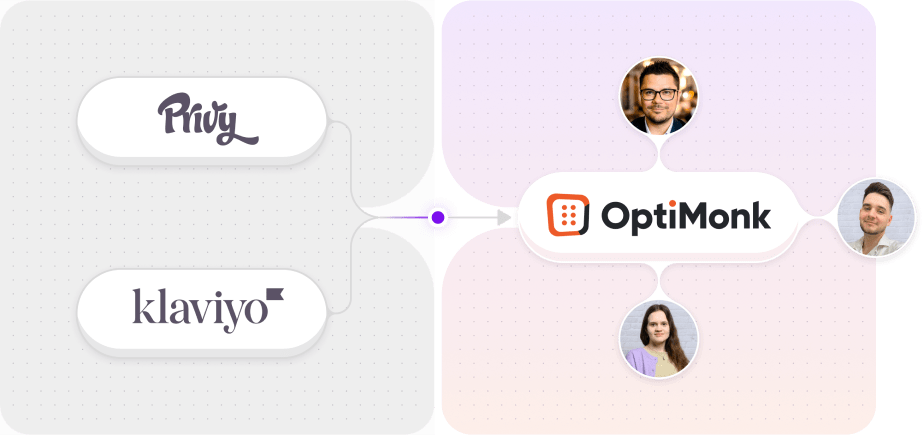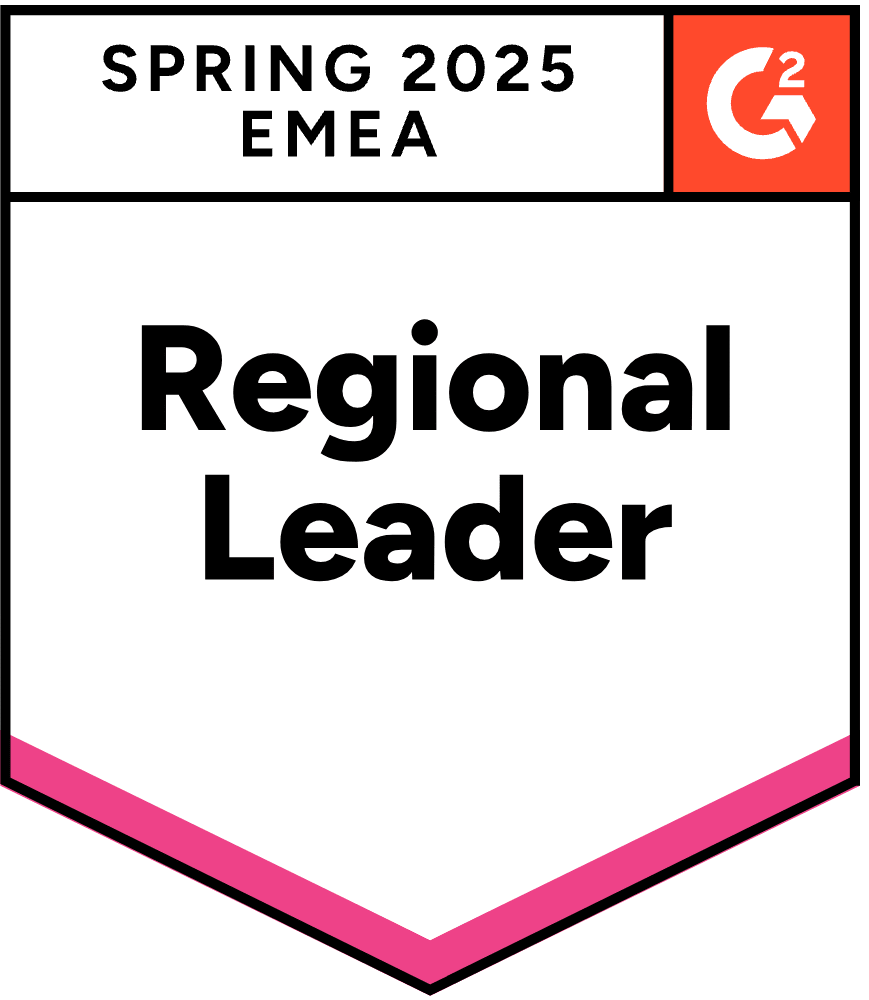- Blog
- Open-Ended Questions: Tips, Techniques, and Common Examples
Open-Ended Questions: Tips, Techniques, and Common Examples
-
Nikolett Lorincz
- Ecommerce
- 6 min read
Table of Contents
Wondering how to use surveys to get deeper insights from your customers? Open-ended questions are essential.
In this article, you’ll learn everything about open-ended questions, the differences between open and closed questions, how to write effective open questions, and get inspired by the best examples of open-ended questions.
Let’s jump right in!
What are open-ended questions?
Open-ended questions are inquiries that cannot be answered with a simple “yes” or “no.” Instead, they require respondents to elaborate with more detailed and expansive responses.
These questions are designed to encourage a full, meaningful answer using the subject’s own words, feelings, and experiences.
Rather than limiting them to single-word answers or a narrow set of predetermined answers, open-ended questions invite expansive, nuanced conversation.
Commonly, open-ended questions begin with ‘why,’ ‘how,’ or ‘what’, encouraging the respondent to delve into introspection and articulation.
The answers that follow are not just responses; they’re stories, revelations, and confessions that provide a deep dive into the respondent’s logic, thoughts, language, and reference choices. It’s this level of depth that makes asking open-ended questions indispensable in surveys and inquiry-based research.
The beauty of open-ended questions lies in their ability to:
- Capture the authentic voice of the person answering, providing meaningful answers in their own words
- Extract not just data, but meaning from a conversation
- Paint a complete picture of the respondent’s internal world
Open-ended vs. closed-ended questions: what's the difference?
Now let’s draw a comparison between close-ended questions and open-ended ones.
While an open question invites a narrative, a close-ended question seeks a quick, definitive one-word answer.
Closed-ended questions, like multiple-choice questions, guide respondents to select from a pre-determined set of responses, often limiting the depth of insight that can be gleaned.
However, it’s not just about the depth; the type of data collected also plays a crucial role. Open-ended questions are the conduits for qualitative data, capturing the colors and contours of opinions and experiences. Closed-ended questions, on the other hand, deal with the currency of quantitative data, providing statistics and percentages that can be neatly analyzed and charted.
The implications of this difference in survey questions are significant. While closed-ended questions can streamline the survey process and potentially boost completion rates due to their quick and straightforward nature, they may also inadvertently lead the conversation, influencing respondents to select an answer that may not fully represent their views.
Thus, the choice between open and closed-ended questions is not merely a methodological preference but a strategic decision that impacts the quality and type of data collected.
The judicious use of both can enrich research, balancing the depth of open-ended insights with the clarity and precision of closed-ended data.
How to write effective open-ended questions?
Now let’s take a look at some best practices to add open-ended questions to your surveys effectively and write great questions.
1. Begin with genuine interest
Creating impactful open-ended questions starts with a spark of genuine interest in your respondent’s perspective.
Demonstrating that you value their thoughts and experiences encourages more open and honest communication. Approach your questions with curiosity, aiming to uncover insights that you genuinely want to explore.
2. Use neutral starters
Questions that begin with “What” set a neutral stage, allowing respondents to share their thoughts without bias.
For instance, asking open-ended questions like “What are your thoughts on our new product?” is more inviting than “Do you like our new product?”
This neutrality helps in avoiding leading the respondent toward a particular answer.
3. Maintain focus and simplicity
Open-ended questions should hone in on specific aspects of the topic within a clear context. Use straightforward language that’s free of jargon and bias.
This approach not only promotes understanding but also encourages respondents to provide elaborate, considered responses. For example, “What challenges did you face during the project?” is clear and focused.
4. Avoid being too broad or vague
While open-ended questions are meant to encourage expansive answers, questions that are too broad can be intimidating or confusing.
A question like “What do you think about the future?” is too vague. Instead, ask open-ended questions that aim for specificity like “What changes do you foresee in our industry over the next year?”
This balance helps respondents focus their thoughts and provide detailed answers.
5. Combine open-ended and closed-ended questions
Impactful open-ended questions often work best when used alongside close-ended questions.
Start with a closed-ended question to establish a baseline response, then follow up with an open-ended question for deeper exploration.
For example, after asking, “Did you find our customer service helpful?” you could follow up with, “What aspects of our customer service did you find most helpful and why?”
This combination fosters rich dialogue and reveals nuanced insights.
6. Provide context
Ensure your questions provide enough context to guide the respondent without leading them.
For instance, instead of asking, “What do you think about our marketing?” you could ask, “What do you think about our latest social media campaign?”
This helps respondents understand what you’re asking and focus their responses accordingly.
Best examples of open-ended questions
It’s time to look at some open-ended question examples to get inspired.
Here are some examples of open-ended questions that you could use in post-purchase surveys:
- What did you enjoy most about your shopping experience with us?
- How did you find navigating our website and locating the products you were looking for?
- What features or services would you like to see added to our online store?
- Can you describe any challenges or difficulties you encountered during your purchase process?
- What motivated you to choose our product over similar options from other retailers?
- How do you feel about the quality of the product you purchased?
- What additional products or categories would you be interested in seeing in our store?
- How does our product compare to others you have used in the past?
- Can you share any specific experiences you had with our delivery and packaging?
- What suggestions do you have for improving our checkout process?
- What factors are most important to you when deciding to make a purchase from an online store?
Incorporating follow-up questions after these open-ended questions can further clarify customers’ thoughts and provide valuable insights.
Challenges of open-ended questions
Although open-ended questions present a wealth of insights, they come bundled with their unique set of hurdles.
The time and resources needed to sift through the rich tapestry of responses can be considerable, requiring a careful and often labor-intensive analysis process. Additionally, the variability and subjectivity inherent in the data collected can make drawing definitive conclusions a complex task.
To maintain the professionalism and relevance of the dialogue, it’s necessary to filter out inappropriate language and responses from the data pool. Implementing a profanity filter can help uphold dialogue standards and ensure that the insights drawn from open-ended questions remain constructive and on-topic.
Furthermore, removing unwanted or inappropriate responses ensures that the data reported is clean, relevant, and useful for decision-making.
However, these challenges should not deter from the use of open-ended questions. The depth and richness of the insights they provide are invaluable in understanding not just the what, but the why behind respondent opinions and behaviors. It’s a matter of balancing the desire for deep insights with the practicalities of data analysis and management.
Navigating these complexities requires skill and discernment, as well as a willingness to invest the necessary time and tools to extract the most valuable information from the responses gathered. Gathering insights in this manner, however, is often rewarded with a deeper and more comprehensive understanding of the subject matter at hand.
FAQ
What makes an open-ended question effective?
An effective open-ended question is clear, concise, and free of bias, focusing on specific aspects of the topic within a clear context. It should foster genuine curiosity and encourage detailed responses.
How to get meaningful answers from customers?
Ask questions that cannot be answered with a simple “yes” or “no.” For instance, instead of asking, “Did you like our product?” ask, “What did you like most about our product and why?” Also, invite customers to elaborate on their answers. Follow up with prompts like, “Can you tell me more about that experience?” or “Why do you feel that way?”
How to avoid getting a one-word answer in a survey?
Frame your questions in a way that encourages more than a one-word response. For instance, “What are the main reasons you chose our service over others?”
Neutral language also encourages more thoughtful responses. Instead of “Was our customer service good?” try “How would you describe your experience with our customer service?”
Can you provide an example of an open-ended question in a customer survey?
Here’s an example of an open-ended question for a customer survey: “What aspects of our service could we improve to better meet your needs?” This type of question encourages customers to give specific feedback and suggestions.
Wrapping up
Open-ended questions are an essential tool for anyone seeking to understand the deeper motivations and thoughts of respondents.
They offer the freedom to answer beyond the constraints of pre-defined options, providing a fuller picture of the respondent’s perspective.
This blog post has traversed the landscape of open-ended questions, from their definition and contrast with closed-ended questions, to the art of crafting them effectively and the examples that illustrate their power in various contexts.
As we close this exploration, let’s carry forward the understanding that open-ended questions are more than a research tool—they are a means to engage, to learn, and to connect with others on a level that truly matters.
Migration has never been easier
We made switching a no-brainer with our free, white-glove onboarding service so you can get started in the blink of an eye.

What should you do next?
Thanks for reading till the end. Here are 4 ways we can help you grow your business:
Boost conversions with proven use cases
Explore our Use Case Library, filled with actionable personalization examples and step-by-step guides to unlock your website's full potential. Check out Use Case Library
Create a free OptiMonk account
Create a free OptiMonk account and easily get started with popups and conversion rate optimization. Get OptiMonk free
Get advice from a CRO expert
Schedule a personalized discovery call with one of our experts to explore how OptiMonk can help you grow your business. Book a demo
Join our weekly newsletter
Real CRO insights & marketing tips. No fluff. Straight to your inbox. Subscribe now
Nikolett Lorincz
- Posted in
- Ecommerce
Partner with us
- © OptiMonk. All rights reserved!
- Terms of Use
- Privacy Policy
- Cookie Policy
Product updates: January Release 2025








